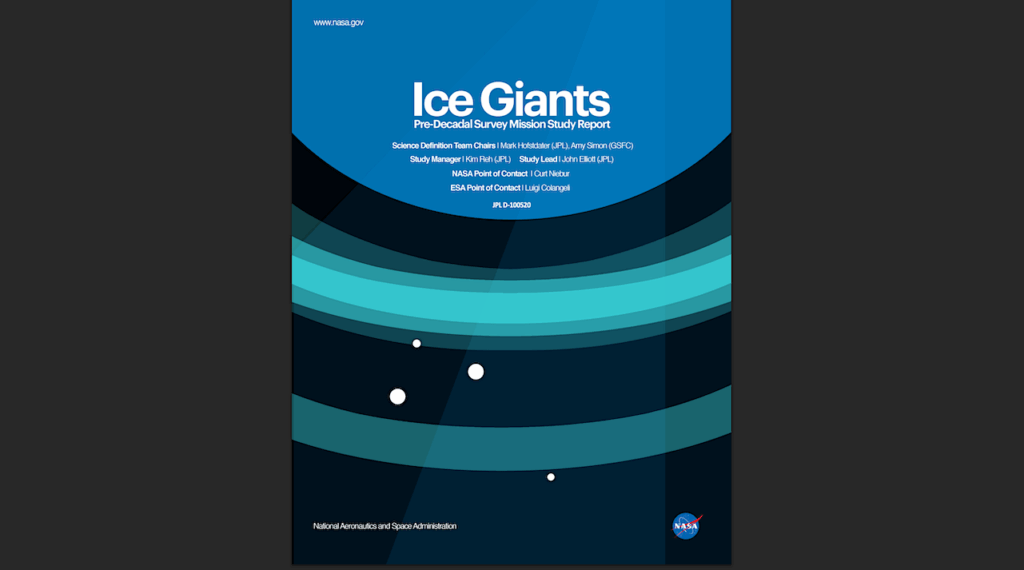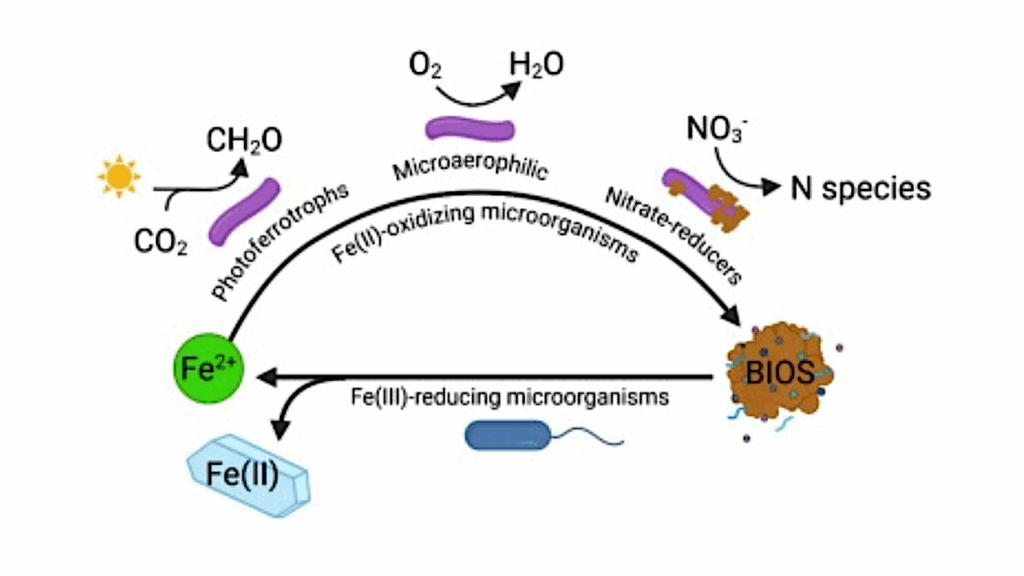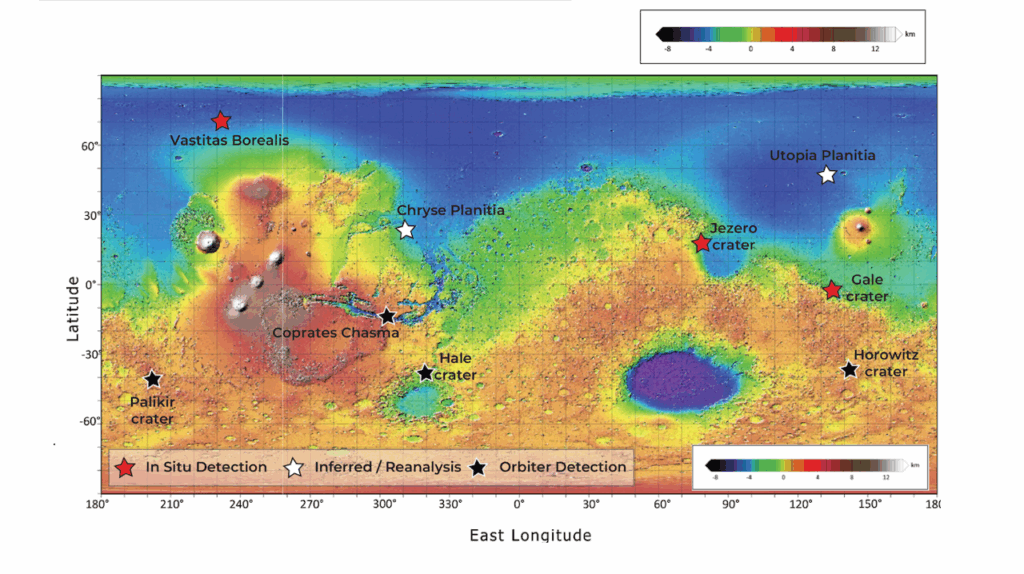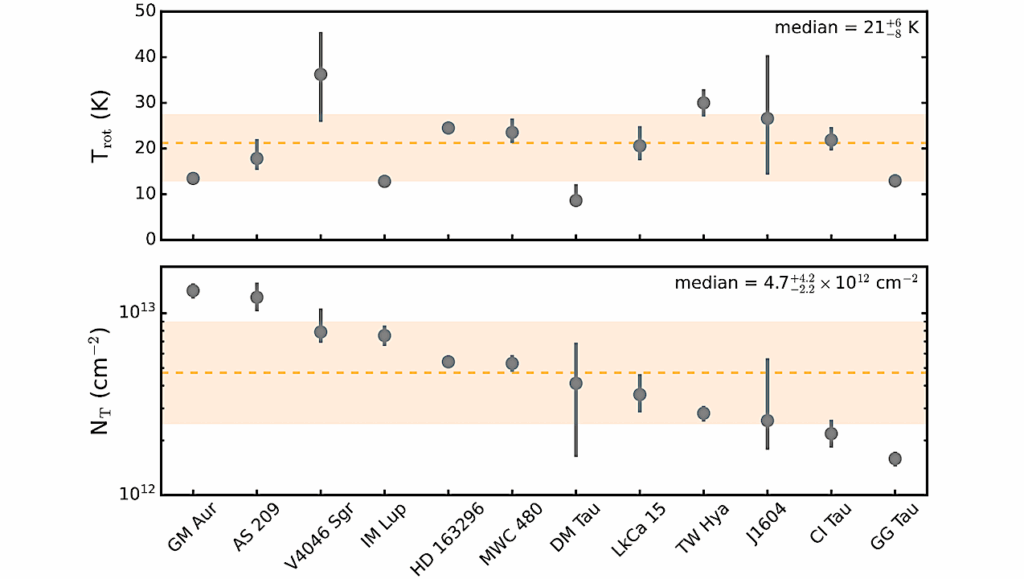Hubble Space Telescope Observations of the Interstellar Interloper 3I/ATLAS

We present high angular resolution observations of the third known interstellar interloper, 3I/ATLAS, from the Hubble Space Telescope.
The object is clearly active at 3.8 au pre-perihelion, showing dust emitted from the hot Sun-facing side of the nucleus and a weak, radiation pressure swept tail away from the Sun.
We apply a simple model to estimate the mass loss rate in dust as dM/dt = 6 a kg/s, where a is the mean particle size in microns. With 1 < a < 100, we infer dM/dt = 6 to 60 kg/s. A fit to the surface brightness distribution of the inner coma limits the effective radius of the nucleus to be r < 2.8 km, assuming red geometric albedo 0.04.
Conversely, the nucleus cannot be smaller than 0.16 km in radius if its coma is supplied by sublimation of carbon monoxide, and must be larger if a less volatile molecule drives the mass loss.
David Jewitt, Man-To Hui, Max Mutchler, Yoonyoung Kim, Jessica Agarwal
Comments: 13 pages, 4 figures, 2 tables
Subjects: Earth and Planetary Astrophysics (astro-ph.EP); Astrophysics of Galaxies (astro-ph.GA)
Cite as: arXiv:2508.02934 [astro-ph.EP] (or arXiv:2508.02934v1 [astro-ph.EP] for this version)
https://doi.org/10.48550/arXiv.2508.02934
Focus to learn more
Submission history
From: David Jewitt
[v1] Mon, 4 Aug 2025 22:20:34 UTC (1,411 KB)
https://arxiv.org/abs/2508.02934
Astrobiology, Astrochemistry, interstellar,








